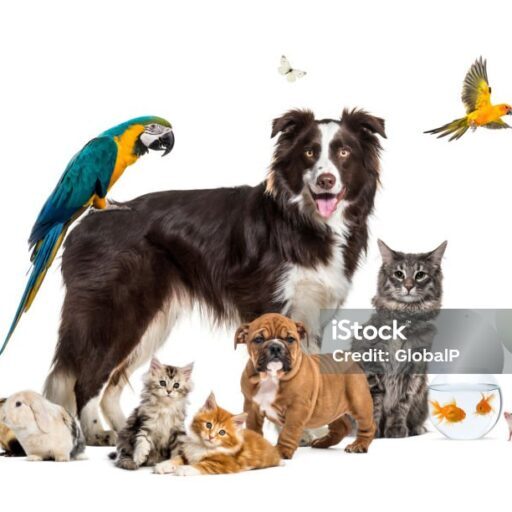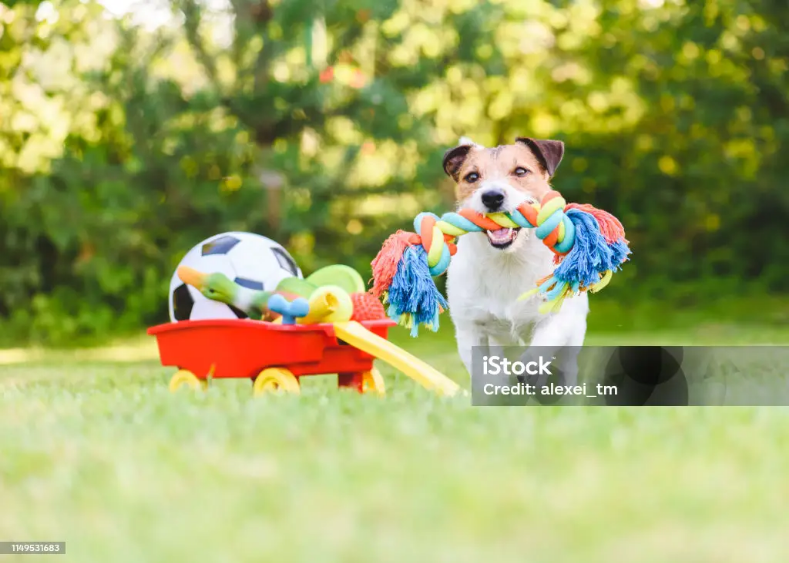A Growing Market of Love and Innovation
Introduction
Pet ownership in the United States is at an all-time high, with over 66% of U.S. households—roughly 86.9 million homes—reporting at least one pet, according to the American Pet Products Association (APPA). Among the many ways pet owners show love and care for their furry friends, pet treats play a starring role.
From nutritional boosters and training rewards to gourmet indulgences and dental chews, the American pet treat market has evolved into a multibillion-dollar industry. This article explores the pet treat market in the U.S., diving into its growth, popular types, trends, safety concerns, and helpful tips for pet parents.
1. The Booming Pet Treat Market
1.1 Market Size and Growth
The pet treat market in the U.S. is booming. In 2024, it was estimated to be worth $11.2 billion, and it’s projected to grow steadily with a CAGR (compound annual growth rate) of 6-8% through 2030.
1.2 Drivers of Growth
Several factors contribute to this growth:
- Humanization of pets: Pets are now considered family members, and owners are willing to spend more on their happiness and health.
- Health and wellness trends: Just as consumers opt for organic and natural foods, they want the same quality for their pets.
- Increased adoption: With more people working from home, pet ownership rose significantly during and after the COVID-19 pandemic.
- Focus on training and enrichment: Treats are essential tools in behavior training and enrichment activities.
2. Types of Pet Treats
Pet treats come in many varieties, depending on the pet’s species, dietary needs, and intended purpose.
2.1 Dog Treats
Dogs dominate the treat market, and their options include:
- Biscuits and crunchy treats: Great for dental health.
- Soft and chewy treats: Ideal for older dogs or training rewards.
- Jerky and meaty treats: High in protein and often grain-free.
- Dental chews: Promote oral hygiene and fresh breath.
- Freeze-dried/raw treats: Preserved with minimal processing, often single-ingredient.
- Functional treats: Infused with supplements like glucosamine, CBD, or probiotics.
2.2 Cat Treats
Though smaller than the dog treat market, cat treats are gaining traction. Popular options include:
- Crunchy treats: Often marketed for tartar control.
- Creamy/l lickable treats: Loved by picky eaters.
- Freeze-dried treats: High-protein and often made from single ingredients.
- Hairball control treats: Blended with fiber and lubricants.
2.3 Treats for Small Animals, Birds, and Reptiles
- Rabbits and guinea pigs: Dried fruits, hay-based snacks, or veggie sticks.
- Birds: Millet sprays, seed sticks, and fortified snacks.
- Reptiles: Dried insects, worms, and calcium-dusted treats.
3. Trends in Pet Treats
3.1 Human-Grade Ingredients
One of the fastest-growing trends is the use of human-grade ingredients. These treats are made in facilities that meet FDA standards for human food, ensuring high quality.
3.2 Natural and Organic Options
Many consumers seek organic, non-GMO, preservative-free treats. Brands advertise real meat, vegetables, and superfoods like blueberries or turmeric as key ingredients.
3.3 Functional Treats
These are designed to provide health benefits, such as:
- Joint support
- Anxiety reduction (CBD-infused)
- Skin and coat health
- Digestive support
3.4 Sustainable and Ethical Sourcing
Eco-conscious consumers are driving demand for:
- Sustainably sourced proteins (e.g., wild-caught salmon)
- Recyclable or compostable packaging
- Upcycled ingredients to reduce food waste
3.5 Customization and Subscription Services
Pet parents love customized treat boxes and monthly subscription services tailored to their pet’s preferences, dietary restrictions, or health needs.
4. Ingredients to Look for (and Avoid)
4.1 Healthy Ingredients
Look for treats with:
- Named animal proteins (e.g., “chicken” instead of “meat by-product”)
- Whole grains or grain-free options (depending on your pet’s needs)
- Vegetables and fruits
- Omega-3 and -6 fatty acids
- No artificial colors, flavors, or preservatives
4.2 Ingredients to Avoid
Some treats may contain fillers or harmful ingredients:
- BHA/BHT (chemical preservatives)
- Propylene glycol
- Artificial dyes (like Red 40)
- Excess salt or sugar
- Low-quality meat by-products
5. Treat Safety and Recalls
Pet treat recalls are not uncommon, and they often involve contamination (e.g., salmonella, mold, foreign materials). It’s crucial to:
- Buy from reputable brands
- Register products when possible to receive recall alerts
- Store treats properly (cool, dry places or the refrigerator, depending on the product)
- Avoid giving treats meant for other animals
5.1 DIY Treats
Many pet owners have turned to homemade treats to ensure quality and safety. Popular ingredients include:
- Pumpkin
- Peanut butter (xylitol-free)
- Oat flour
- Sweet potatoes
- Eggs
However, always check for pet-safe ingredients. For example, grapes, chocolate, onions, and xylitol are toxic to dogs and cats.
6. How to Choose the Right Treat
6.1 Consider Your Pet’s Age and Size
- Puppies and kittens: Need softer, smaller treats for easy chewing.
- Senior pets: May require joint-supporting or softer treats.
- Small breeds: Avoid treats that could pose a choking hazard.
6.2 Match the Purpose
- Training: Go for small, low-calorie treats.
- Chewing: Opt for long-lasting chews.
- Grooming rewards: Choose something your pet really loves.
6.3 Dietary Needs and Allergies
Be mindful of food allergies or sensitivities. Common allergens include chicken, beef, dairy, wheat, and soy. Consider novel proteins like venison or duck if your pet has sensitivities.
7. Top Pet Treat Brands in the USA
Here are some of the most trusted and popular treat brands:
For Dogs:
- Greenies (dental treats)
- Blue Buffalo
- Wellness
- Zuke’s
- Merrick
- The Honest Kitchen
- Rachael Ray Nutrish
- Buddy Biscuits
For Cats:
- Temptations
- Greenies for Cats
- Inaba Churu
- Vital Essentials
- Feline Natural
Many of these brands offer grain-free, limited-ingredient, and functional options.
8. Regulatory Standards and Labeling
8.1 Who Regulates Pet Treats?
In the U.S., pet food and treats are regulated by:
- FDA (Food and Drug Administration)
- AAFCO (Association of American Feed Control Officials)
While AAFCO doesn’t approve products, it provides guidelines for nutritional adequacy and labeling standards.
8.2 Reading the Label
Key things to check:
- Ingredient list (ingredients are listed by weight)
- Guaranteed analysis (protein, fat, fiber, moisture)
- Feeding instructions and treat size
- “Made in the USA” vs. “Sourced from USA” (they’re not always the same)
9. Special Considerations
9.1 Weight Management
Obesity is a growing problem among pets. Choose low-calorie treats and factor them into your pet’s daily calorie allowance.
9.2 Dental Health
Dental treats can help reduce plaque and tartar, but they’re not a substitute for regular brushing or dental care.
9.3 Enrichment and Mental Stimulation
Treat-dispensing toys (like KONGs, snuffle mats, or puzzle feeders) provide mental enrichment and encourage slow feeding.
Conclusion
Pet treats in the USA represent much more than snacks—they’re expressions of love, tools for training, aids for health, and even vehicles for mental enrichment. As the market grows and diversifies, pet parents have more options than ever to cater to their furry friends with wholesome, delicious, and functional treats.
Whether you’re picking up a bag of crunchy biscuits, baking your own peanut butter chews, or subscribing to a gourmet pet treat box, the key is mindful selection. Choose treats that are safe, nutritionally appropriate, and tailored to your pet’s unique needs.
Your pet deserves it—and so do you, for being an awesome pet parent. To get more content like this stay with ourpet.site

